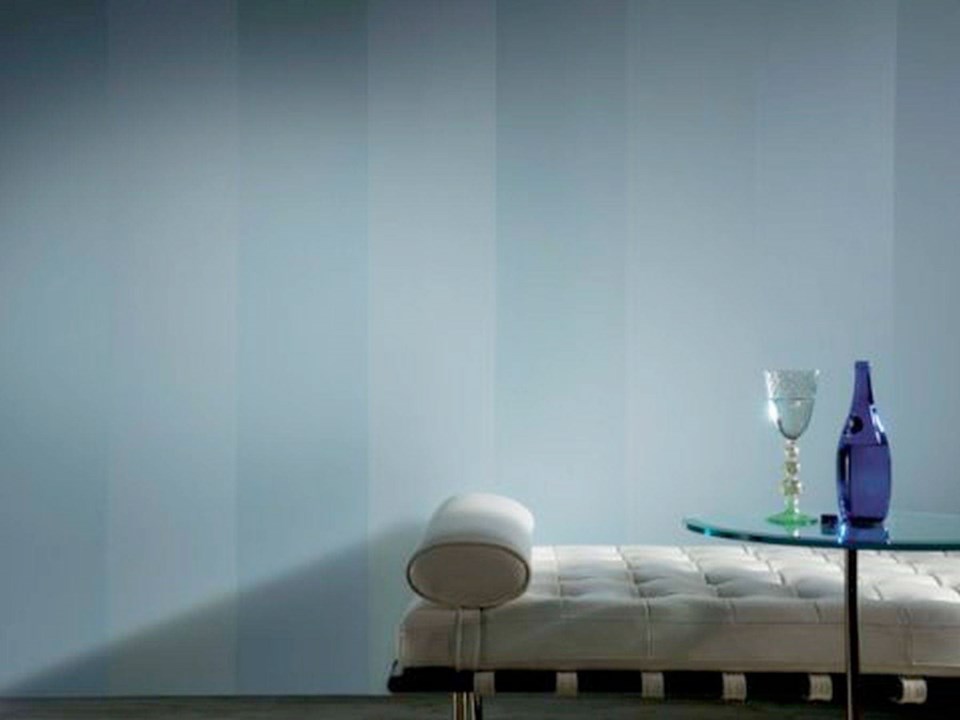Dear Debbie: I’d like to try a paint effect for the walls in our living room, but I am concerned that it will become out of date and be difficult to cover up.
I have heard you joking about sponging, which I did in our nursery years ago. Actually, it still looks good, but the colours are all wrong now.
What do you suggest?
Catherine
All these paint effects are coming back in fashion now, but mostly as wallpaper. We seem to have less time today to play with paint. However, it is less expensive, fun and more satisfying to have a go yourself.
However, there are definitely paint effects that stand the test of time.
One of the most popular is called strie.
The finished look mimics the threads that run through fabric, most visibly in linen or denim.
It is easy to apply. Coloured glaze is rolled over a dry base coat. A wide bristle brush such as a wallpaper paste brush is pulled through the wet glaze moving in one direction, from ceiling to floor.
Move along quickly in sections so that the glaze remains wet while you are creating the “threads.” Wipe the wet glaze off the brush frequently.
The base coat peeks through the brush strokes, which gives the textured effect.
Working in one direction with pastel colours produces a subtle appearance. A pale blue or yellow glaze dragged over a white basecoat is a charming mix.
To create more texture, while the glaze is still wet, drag the dry brush vertically across the horizontal lines.
This looks good using a dark-blue glaze, more like a heavy denim fabric. Great for a child’s room or playroom.
The advent of water-based glazing liquid made many exciting finishes available to amateur painters.
Using glazing liquid allows you to work the paint. Paint becomes translucent when glaze is added to it so that the paint colours underneath peak through.
You can adjust the amount of glaze you use depending on how much coverage you want — it’s always a good idea to experiment on a board first.
Stripes are another effect made easy with glaze. For a tone-on-tone stripe, apply your base coat and let it dry.
Tape off your stripes and roll clear glaze to fill in. The difference between the matte paint and glossier glaze creates the stripes.
Think of them as shadow stripes. Light plays well on this wall finish, changing the look of the stripes from dark to light depending on the angle and the time of day.
You can’t go wrong with these finishes. Adding neutral colours that have a tint to them will liven up your room. Applying texture makes it even more special.
A note about painting over textured paint effects. You will notice that the smoothest walls are plaster.
Painted drywall has tiny bumps that aren’t too noticeable.
When you add glaze and work it, the layers become uneven and the surface bumpy. It is difficult to return to a smooth, solid colour without some work.
A hand sander will help to speed up the process, but it is dusty and you must wear a mask and goggles. A skim coat of plaster gives the best results.
Written by Debbie Travis and Barbara Dingle. Please email decorating questions to [email protected]. Follow Debbie at instagram.com/debbie_travis, facebook.com/thedebbietravis, debbietravis.com.



